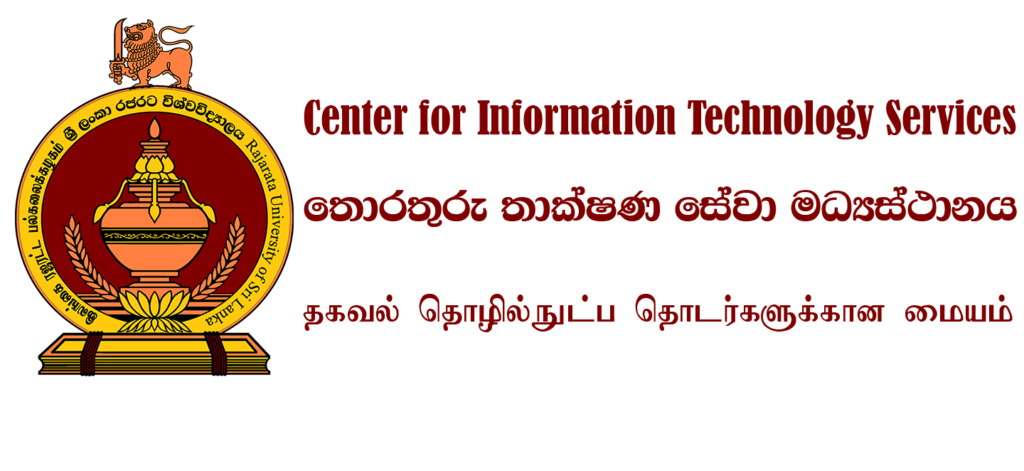A well-maintained network is essential for seamless internet access, academic research, online learning, and administrative tasks at Rajarata University. To support staff and students, we provide structured maintenance services and a streamlined process for reporting network-related issues.
Types of Network Maintenance
Our network maintenance activities fall into the following categories:
Preventive Maintenance – Regular inspections, firmware updates, and performance monitoring to prevent potential network failures.
Corrective Maintenance – Troubleshooting and resolving network outages, slow connections, or security threats when they arise.
Upgrades and Expansions – Enhancing network capacity, deploying new technologies, and improving infrastructure.
Emergency Maintenance – Immediate response to critical failures such as network downtime, cybersecurity incidents, or hardware malfunctions.
Service Requests: How End Users Can Report Issues
End users can report network issues through the following methods:
Google Form Submission: Users can submit a service request via the designated Google Form. Requests are attended on a First-Come, First-Served (FCFS) basis.
Phone Support for Urgent Issues: If the issue is urgent or involves a critical failure, users can directly inform the technical team over the phone.
Email Notification for Critical Failures: In urgent cases, users must also send an email to the CITS Director and Network Manager with details of the issue for proper escalation.
Resolution Timeframe
Issue Type | Estimated Resolution Time |
Slow network connectivity | 2 – 4hours |
Wi-Fi access issue | 4 – 6 hours |
Office network down | 4 – 8 hours |
Server failure | 1 – 2 days |
Critical failure | Depend on the Failure |
Process of Placing and Resolving Service Requests
Issue Reporting: The end user submits a service request via Google Form, or in urgent cases, contacts the technical team by phone and emails the CITS Director and Network Manager.
Duty Assignment: Requests are handled in FCFS order unless identified as urgent.
Initial Assessment: The technical team assesses the problem and provides an estimated resolution time.
Resolution & Communication: The issue is resolved based on standard procedures, and the user is updated on progress.
Closure & Feedback: Once the issue is fixed, the request will closed, and users can provide feedback on the resolution via printed Job Card.


